As you may know, we’re focusing on breast cancer’s impact on African American women this month, in collaboration with Black Women’s Health Imperative. African American women have a troubling connection to breast cancer. This is due to their high breast cancer mortality rate, among other things. Let’s look at the causes for concern, and what is being done to address them.
Breast cancer is the most common cancer affecting African American women, accounting for around 32 percent of all cancers. Not to mention, about one in five African American women with breast cancer inherited the BRCA mutation that is linked to the disease. This puts them at around two times more likely to have these mutations than Caucasian women.
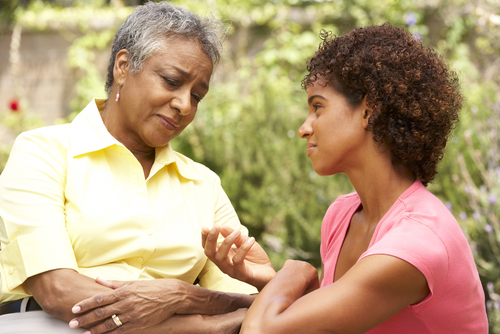
Most troubling of all is that African American women’s mortality rate is significantly higher in comparison to that of Caucasian women.
Higher mortality rates among African American women with breast cancer is not a new development. Between 1990 and 2007, the breast cancer death rate for women between 45 and 64 years was around 60 percent higher for African American women. Overall mortality rates have decreased for both groups during these years. However, the rate for Caucasian women decreased by around 41 percent, while that for African American decreased by just 24 percent.
This is quite worrisome!
It’s also confusing. How is it that African American women have a mortality rate that is so much higher? What are people doing to fix it?
History of the Mortality Rate Difference
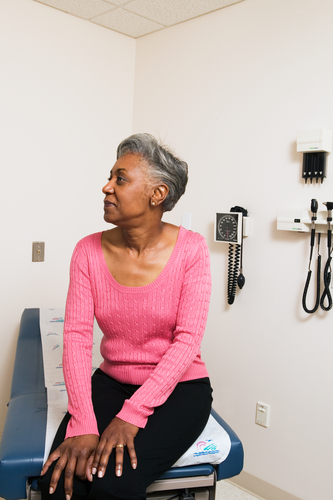
In the past, some women took minor comfort in the fact that the rate of breast cancer incidence, or the rate of new breast cancer diagnoses, among African American women was lower than it was for Caucasian women.
This resulted in a terrible paradox that left African American women suffering higher mortality rates. This was in spite of the fact that fewer African American women were getting breast cancer. Survival was only around 78 percent among African American women between the years of 2002 and 2008. For Caucasian women, it was 90 percent.
Unfortunately, the rate of breast cancer incidence is now roughly the same among Caucasian and African American women. The American Cancer Society released a report in late 2015 that showed that women in both groups had incidence rates that were the same. To add insult to injury, the report also showed that many of the advancements in treatment and diagnosis made in recent years bypassed African American women. As a result, African American women are at a significant disadvantage in terms of stage of diagnosis, age of death, and age of diagnosis when compared to Caucasian women.
Meanwhile, between the years of 2008 and 2012, Komen reported that breast cancer incidence was around 128.1 per 100,000 Caucasian women and 124.3 for African American women. Further, the organization reported that the risk of breast cancer for Caucasian women up to the age of 80 was 13 percent. For African American women it was 11 percent, a meager 2 percent lower.
Some differences were found based on age, though. Granted, they were far from being positive. For women over the age of 60, African American women had lower rates of breast cancer. However, the group saw higher rates of breast cancer among women who were younger than 45. This goes against the normal increased risk seen among Caucasian women. According to the CDC, women who are currently age 60 have almost a 9 percent risk of developing breast cancer in the next 30 years.
Triple Negative Breast Cancer
In addition to having higher rates of mortality, African American women are also much more likely to be diagnosed with triple negative breast cancers. These include progesterone receptor-negative (PR-negative), estrogen receptor-negative (ER-negative), and HER2-negative breast cancers. What’s worse is that these cancers are well-known for having a much poorer prognosis than other breast cancer subtypes during the first five years after diagnosis.
According to Komen, there are a number of reasons why this might be the case. Most of these revolve around various lifestyle and reproductive factors. African American women are less likely to breastfeed, often have more children, and have their first child at a younger age than Caucasian women. All these factors may contribute to the higher risk of triple negative breast cancer. Further, many African American women carry excess weight in their stomach area and are more likely to become overweight after menopause. Again, these lifestyle differences may contribute to the higher risk of triple negative breast cancer.
Breast Cancer Stage at Diagnosis
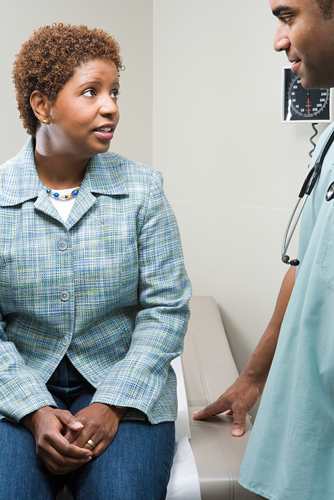
As many of you know, the stage of breast cancer at diagnosis can play a huge role in the overall mortality rate. A recent study examined women by racial groups to determine their likelihood of being diagnosed with stage 1 breast cancer. Sadly, the study found that compared to to all other ethnic groups, African American women had the lowest rates of stage 1 breast cancer diagnoses.
Only 37 percent of African American women who were studied were diagnosed with stage 1 breast cancer. This is compared to just over 40 percent for Hispanic women, 50.8 percent for Caucasian women, and 56 percent for women of Japanese descent.
Additionally, the study examined women’s rate of death and found, again, that mortality was highest among African American women. Almost three percent of African American women had died from breast cancer after seven years. Caucasian women’s mortality rate was 1.5 percent. It was 1 percent for Japanese women and, at it’s lowest, 0.6 percent for women of South Asian descent.
The researchers believed that the lower rates of stage 1 diagnoses and higher mortality rates among African American women were the result of differences in the aggressiveness of the tumors, rather than various barriers to medical care.
While this is speculation, they felt that the higher risk of being diagnosed with metastatic breast cancer, triple negative breast cancer, and cancer in the lymph nodes suggests that African American women are simply more likely to develop more aggressive forms of breast cancer when compared to other women. Further, they based their belief on the fact that African American women were diagnosed with stage 1 breast cancer less often regardless of their age. This would suggest that annual mammograms did not improve their chances of an early-stage diagnosis.
Treatment
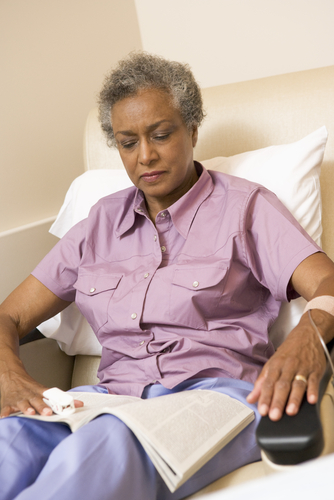
Several studies have documented significant differences in the treatment that African American women receive following their breast cancer diagnosis. Across all races, researchers have noticed that women who are diagnosed with early-stage HER2-positive breast cancer at an age over 65 receive Trastuzumab, the standard treatment for most HER2-positive breast cancers, significantly less often. Among African American women over the age of 65, the rates of receiving the standard treatment is even smaller.
The study looked at 1,362 women who had been diagnosed with HER2-positive breast cancer. This subtype of breast cancer is caused by too much of the protein called human epidermal growth factor receptor 2 (HER2). Trastuzumab is administered through the veins and attaches to HER2 proteins to destroy the cancer cells. Use of this treatment is believed to cut the risk of cancer recurrence in half.
And yet, the study found that only 40 percent of African American women over 65 received this treatment. This is compared to 50 percent of Caucasian women. Among women who had stage III HER2-positive breast cancer, only 56 percent of African American women were receiving trastuzumab.
On top of that, African American women have been shown to be less likely to begin hormonal therapy within one year of a diagnosis of hormone-positive breast cancer. This may play an additional role in the higher mortality rates among African American women.
Organizations Promoting African American Health

If it is so well-documented that African American women with breast cancer have higher mortality rates, then what are people doing to address these differences and help them improve their rates of survival?
Fortunately, people are doing a lot. But as is always the case, more can be done.
As we mentioned earlier, our focus on African American women with breast cancer this month is part of a collaboration with the Black Women’s Health Imperative (BWHI). This organization is the only national organization that focuses on improving the overall wellness and health of African American women and girls.
Still, they are not the only organization promoting the breast health of African Americans.
Sisters Network, Inc., is another national organization, and it is a breast cancer survivorship organization for African American women. Founded by Karen E. Jackson, it was established to address the mortality rate among African American women with breast cancer and create a solid sense of “sisterhood” among those women. It provides education, financial, and emotional support throughout African American women’s entire breast cancer journey through numerous programs and events.
The African American Breast Cancer Alliance (AABCA) is another organization focused on addressing the crisis among African American women with breast cancer. Having been around since 1990, the organization provides emotional support to African American women who are dealing, or have dealt, with breast cancer. Women can find support meetings through the organization, along with various presentations, lunch meetings, and even a weekend retreat.
Meanwhile, the Celebrating Life Foundation teaches breast cancer awareness for African American women. It also provides free breast cancer self-exam cards to civic organizations and churches throughout the United States to help women take control of their lives. There is also the Intercultural Cancer Council, which promotes research, programs, and policies that all seek to remove the unequal burden facing ethnic and racial minorities in the United States.
African American women can also get important information about new chances in how breast cancer is affecting them at Living Beyond Breast Cancer (LBBC). While this organization focuses on providing services and programs to women of all races and ethnicities who have been diagnosed with breast cancer, it reports on several news topics and articles that relate to African American women with breast cancer, specifically. Further, it provides regular editions of “Getting Connected: African-Americans Living Beyond Breast Cancer.” This is an online booklet that guides African American women through their breast cancer diagnosis, treatment, and beyond. It includes several breast cancer resources, along with information about staying connected, finding support, and life after your breast cancer journey.
We hope that you’ve found this information helpful! Click here to subscribe and receive future articles that cover topics of interest to African American women with breast cancer.
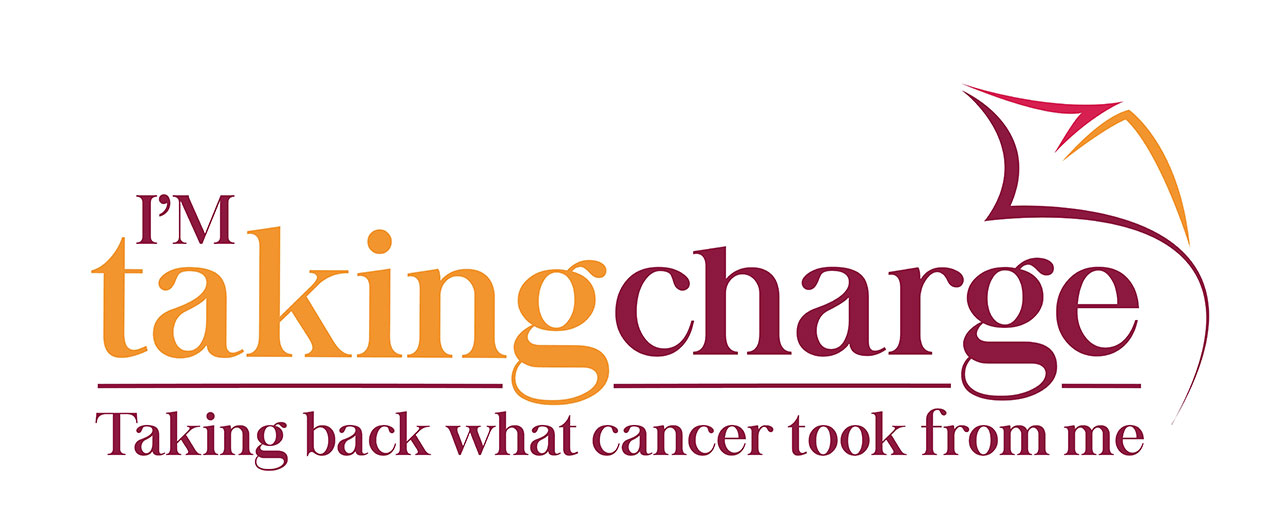

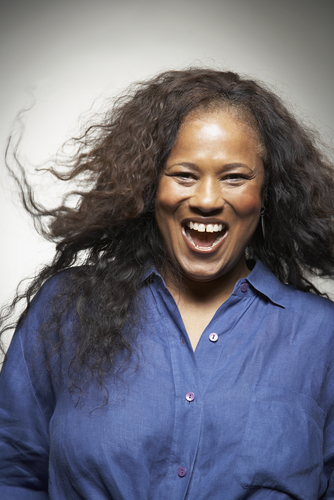





Leave A Comment